Located in the middle of the Truong Son mountain range, at the upstream of the A Vuong river, the Achia residential area (in Nal village, Lang commune, Tay Giang district, Quang Nam ) is known for a long-standing ethnic group of Co Tu. Few people know that this place also carries within it a thousand-year-old historical sediment. It is the last section before connecting to the "international gateway" of the salt road, stretching from the commercial port of Hoi An, through the Vu Gia - Thu Bon river before reaching Laos, Cambodia, Thailand...
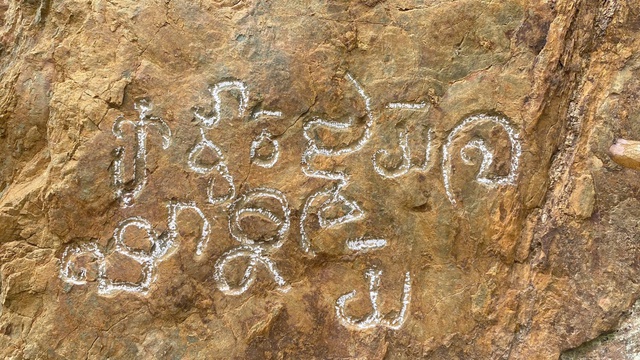
Ancient characters carved on stone are redrawn for research
PHOTO: PLÊNH POLOONG
In addition to the "salt road" heritage, the mysterious ancient characters engraved on the cliffs at the upper reaches of the A Vuong River have also existed for thousands of years and are considered by the people as "treasures" of the Truong Son mountain range, but since their discovery until now there has been no explanation. Recently, cultural researchers have conducted a direct survey to find the final answer to these ancient characters.
Elder Bhriu Clói (in Achia residential area) said in his grandfather's memory that in January 1937, a French army went to the headwaters of the A Vuong River to establish the Sa Mo post, located right next to a stone stele with ancient characters engraved on it. After that, the French built a bunker at the foot of Tal Hi mountain (Tr'hy commune of Tay Giang district today). In March 1938, Mr. Le Pichon, the head of the Sa Mo post, asked the people to clear the land and set up a bamboo trellis for the French to climb up the rocks and use lime to fill in the indentations to clarify the engravings on the rocks for taking pictures. And that was also the time when the Co Tu people in Achia village knew that there were ancient lines of writing on the cliff.
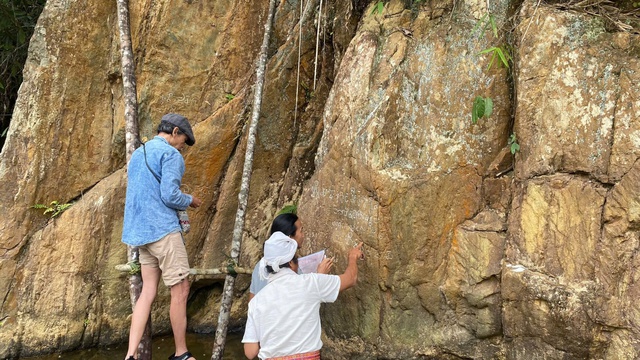
Cultural researchers from Ninh Thuan province were invited to decode the mysteries surrounding the ancient characters.
PHOTO: PLÊNH POLOONG
Mr. Bhriu Hung, Head of the Department of Culture and Information of Tay Giang District, said that after a recent field survey, cultural researchers determined that these characters were mainly ancient Cham characters, but also characters from other ethnic groups. "There is still no specific confirmation; researchers have taken photos of all the ancient characters for research and appraisal to find the exact origin," Mr. Hung said, adding: "Local people consider this a valuable heritage, a treasure of the village, so from generation to generation they have tried to strictly protect it."
N MYSTERIES ARE GRADUALLY REVEALED
Speaking to Thanh Nien reporter, Mr. Arat Blui, Vice Chairman of Tay Giang District People's Committee, said that the district has recently invited two cultural experts to research Cham relics in Ninh Thuan province to directly survey. "From the survey results of the experts as well as the analysis results, the translator, the district will complete the dossier to re-determine the origin, which ethnic group this ancient script belongs to, from which there will be a proposed plan for preservation to maximize the value of the relic. In addition, when the final results are available, the Quang Nam Provincial People's Committee will propose to the competent authorities to recognize it as a special national relic," said Mr. Arat Blui.
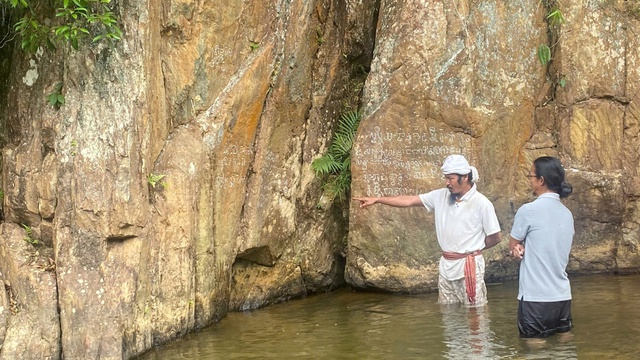
Ancient characters carved on stone on the upper reaches of the A Vuong River
PHOTO: PLÊNH POLOONG
Directly participating in the recent survey, cultural researcher - Dr. Jaya Thien said that based on the character study, the date of the inscriptions on the rocks upstream of the A Vuong River was tentatively determined to be the earliest in the 5th century and the latest in the 7th century AD. These ancient characters are among the few earliest inscriptions of Champa carved on natural stone.
Through direct survey and research, it was found that the inscriptions on the rocks were recorded in 3 languages: Sanskrit, ancient Champa and ancient Mon-Khmer (ancient Katu script). The 3 stone inscriptions are marked as A, B and C respectively. "The content of inscription A records a decree of the lord, describing a ritual of offering minerals (precious mines) and good land to the gods; inscription B mentions the name of the place Talang (now Lang River). In particular, inscription C records a ritual of sacrificing precious buffaloes that was performed. The inscriptions on the stone steles have historical value, local cultural traditions. Especially the relationship between the Cham and Katu communities in the ancient Champa country", Dr. Thien commented.
Source: https://thanhnien.vn/giai-ma-nhung-ky-tu-co-khac-tren-da-giua-dai-ngan-truong-son-185250508233345944.htm


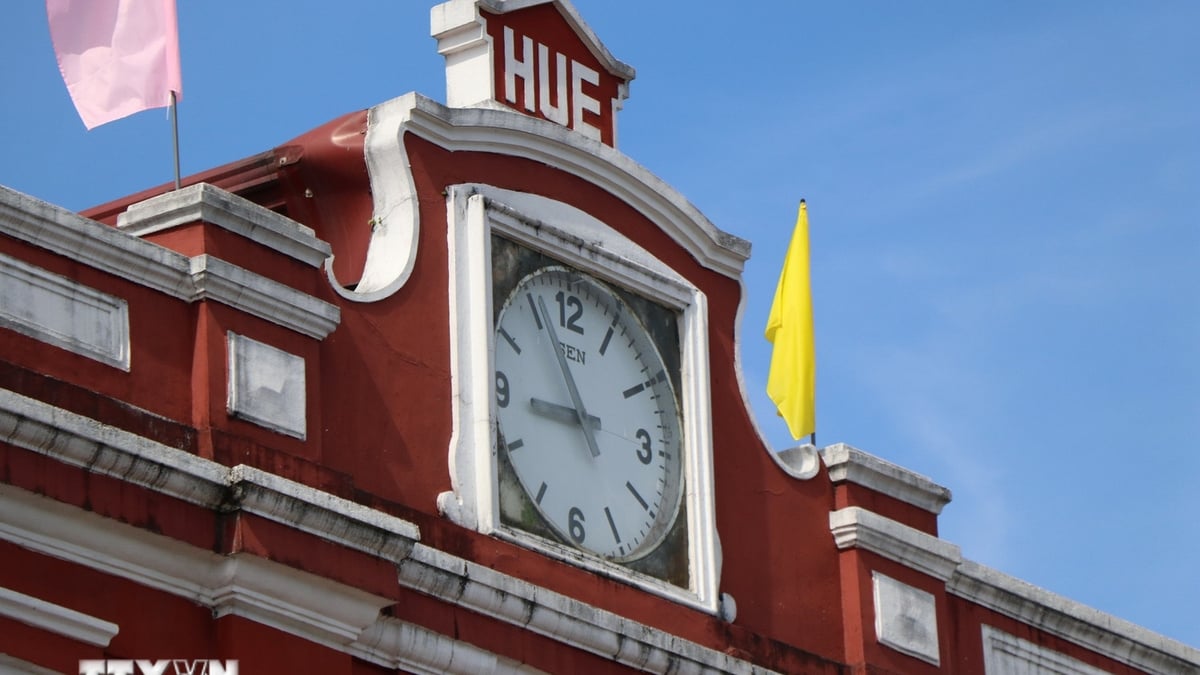
![[PHOTO] Hanoi fences off demolition of "Shark Jaws" building](https://vphoto.vietnam.vn/thumb/1200x675/vietnam/resource/IMAGE/2025/5/25/1b42fe53b9574eb88f9eafd9642b5b45)
![[Photo] Funeral of former President Tran Duc Luong in Quang Ngai](https://vphoto.vietnam.vn/thumb/1200x675/vietnam/resource/IMAGE/2025/5/25/ccf19a3d8ea7450bb9afe81731b80995)
![[Photo] Welcoming ceremony for Prime Minister Pham Minh Chinh and his wife on an official visit to Malaysia](https://vphoto.vietnam.vn/thumb/1200x675/vietnam/resource/IMAGE/2025/5/25/dc30203c3ae24da3990266ec3b29bb2d)
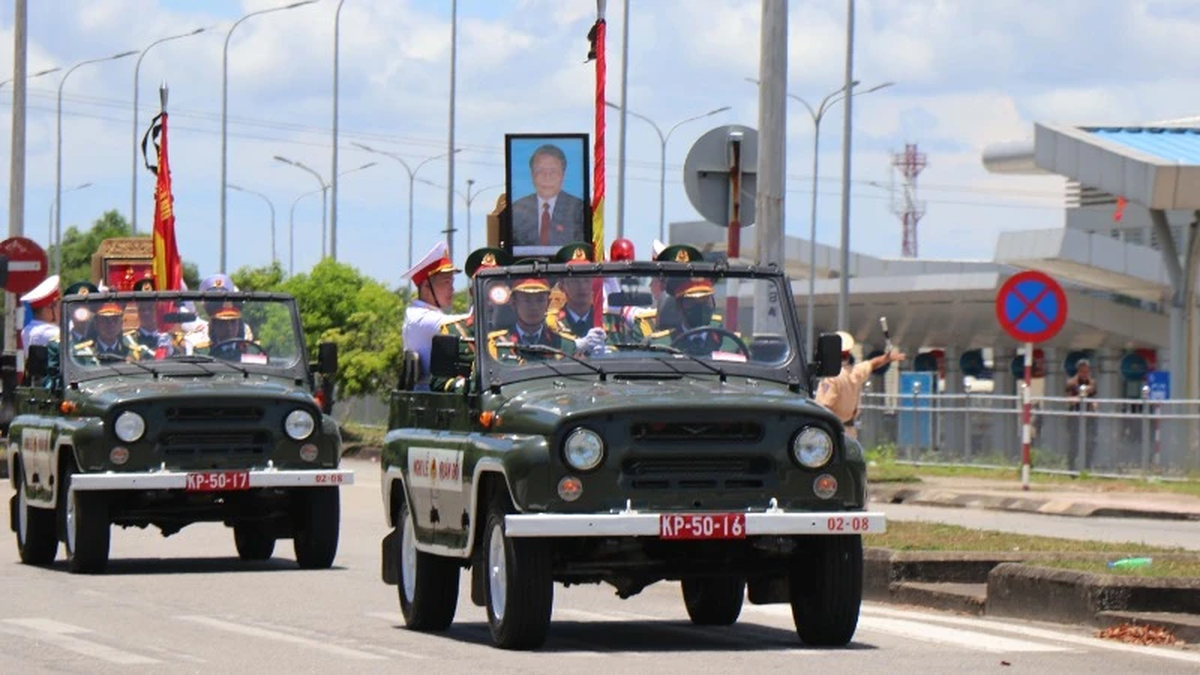
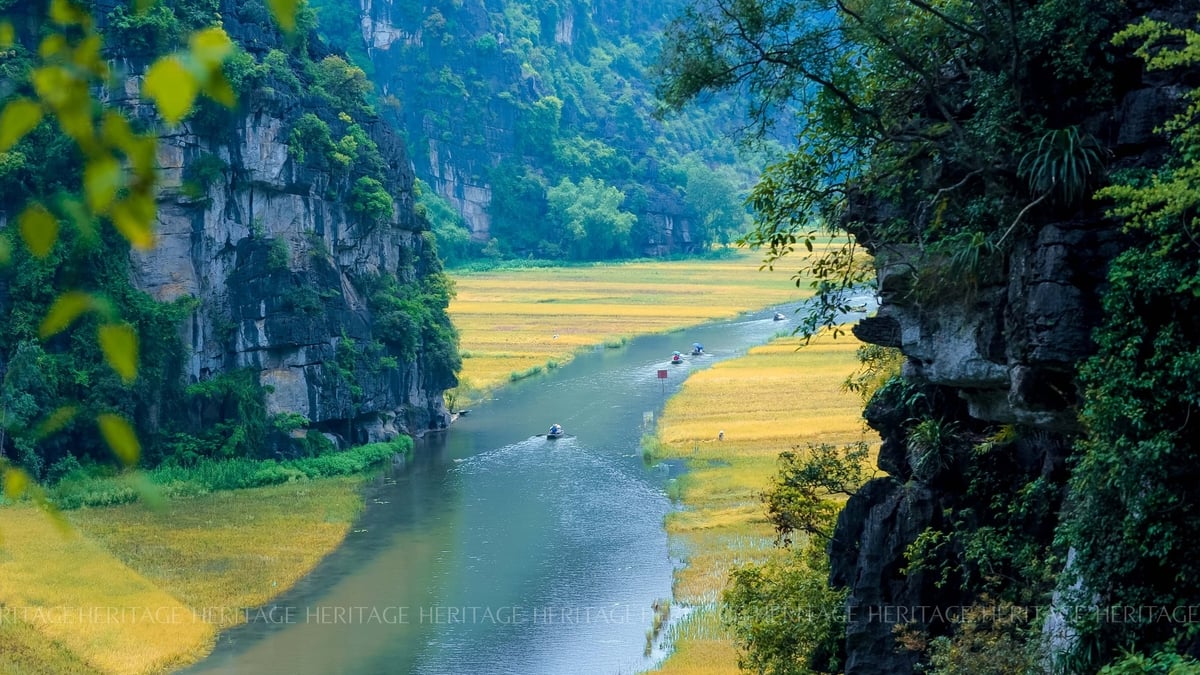


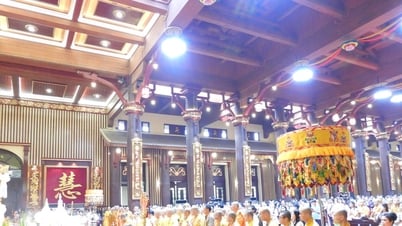




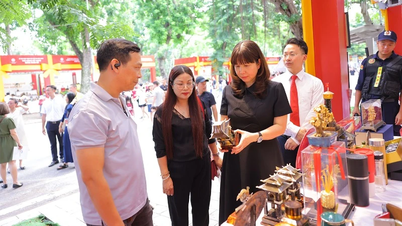









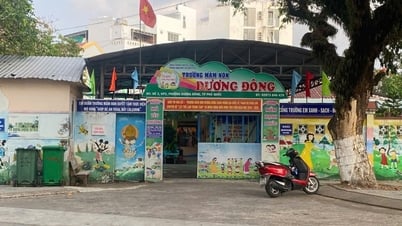

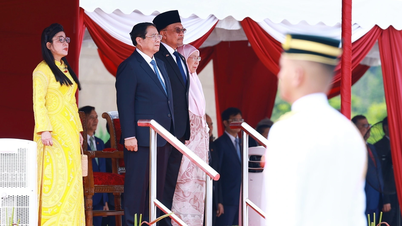



























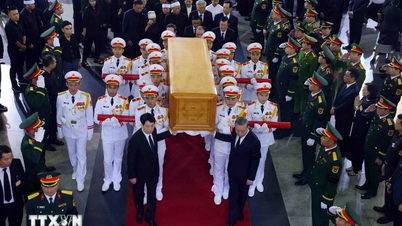


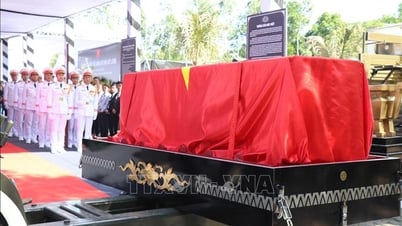













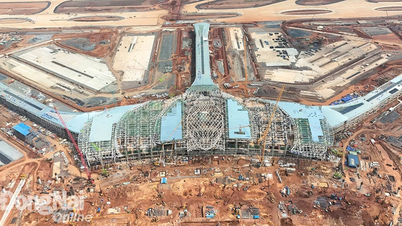


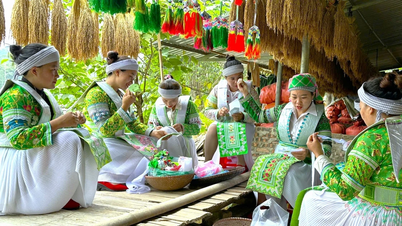

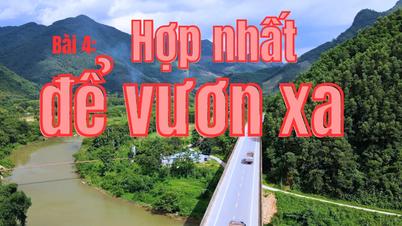
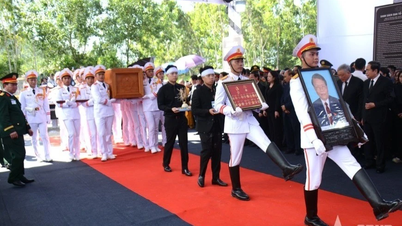











Comment (0)